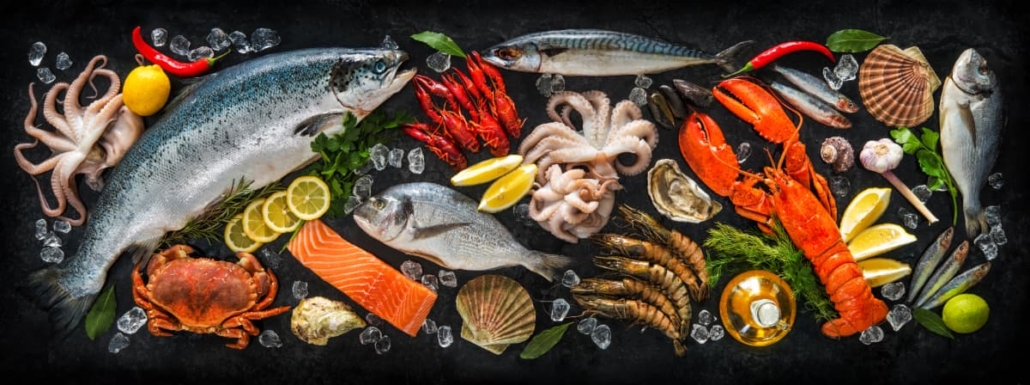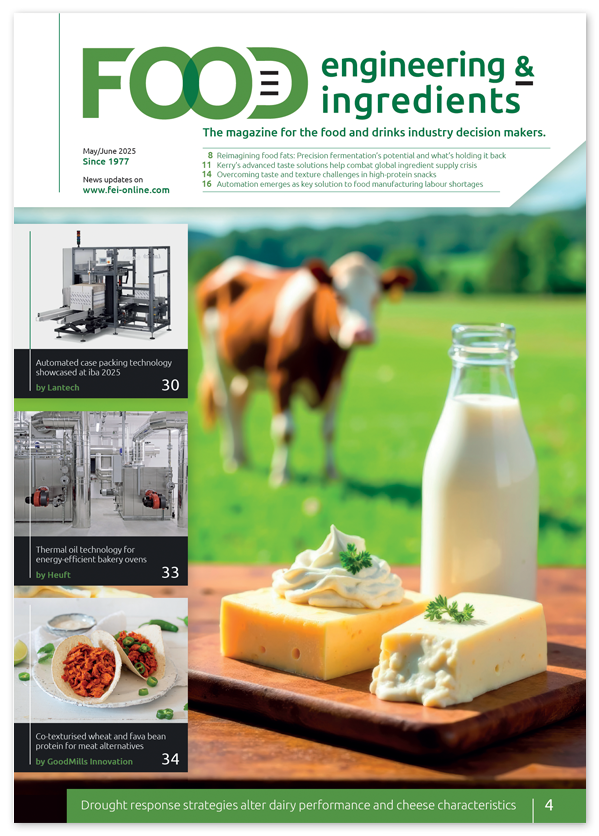Novel CRISPR/RPA platform enables rapid detection of Vibrio parahaemolyticus in seafood
A multi-institutional research team has developed an innovative molecular diagnostic platform that can detect the presence of the foodborne pathogen Vibrio parahaemolyticus in seafood within 30 minutes without requiring enrichment culture steps.
The method, published in the journal Food Quality and Safety (Zeng et al. 2024. doi: https://doi.org/10.1093/fqsafe/fyae008 ), combines recombinant polymerase amplification (RPA) and CRISPR/Cas12a with an immunochromatographic strip (ICS) readout.
V. parahaemolyticus is a halophilic, gram-negative bacterium that represents a major causative agent of gastroenteritis linked to consumption of raw or undercooked seafood. Current cultural methods for detection are laborious and time-consuming, requiring enrichment over 18-24 hours before biochemical identification can occur. This precludes their use for rapid point-of-care testing (POCT) along food supply chains.
High sensitivity test
The new platform targets the tlh gene of V. parahaemolyticus. It first extracts bacterial DNA from the seafood sample, then amplifies the tlh sequence via RPA. The amplicons are detected using a CRISPR/Cas12a system coupled with a lateral flow strip. In the presence of target DNA, Cas12a is activated to cleave a reporter molecule, producing a visual test line on the strip.
Extensive analytical validation demonstrated the platform’s high sensitivity, with limits of detection of 2.5 x 102 fg/μL for plasmid DNA and 1.4 x 102 CFU/mL for pure cultures. Strikingly, it could detect 154 CFU/g of V. parahaemolyticus directly in spiked salmon samples without enrichment. The entire workflow from sample-to-answer requires only simple equipment and 30 minutes.
Onsite testing along seafood supply chains
“Our CRISPR/RPA platform represents a major advance for on-site testing for V. parahaemolyticus contamination of seafood products,” said corresponding author Dr. Haijuan Zeng of the Shanghai Academy of Agricultural Sciences. “It provides a visual, low-cost and ultra-rapid diagnostic that could allow segregation of contaminated ingredients or products before distribution.”
The researchers suggest the method could be transformative for POCT along seafood supply chains, preventing costly recalls and outbreaks. They are currently pursuing regulatory validation and technology transfer for commercial deployment.




